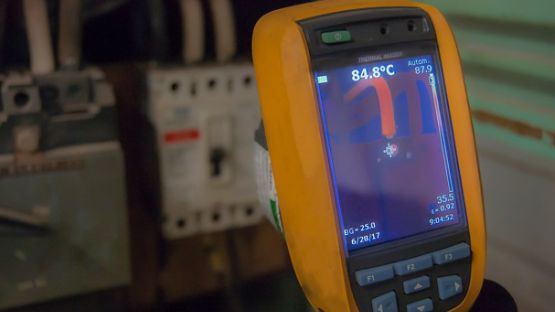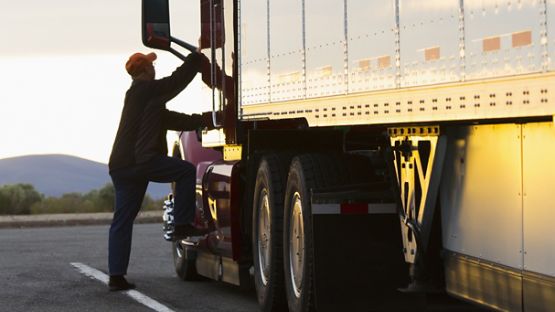A car is stolen every 6 minutes in Canada. With theft rates increasing 33% year-over-year, it’s enough to give any car owner pause. Among the provinces, Ontario leads the other provinces with the highest rates of theft, followed by Alberta.1
Looking at the broader picture, these theft trends translate into a $1 billion impact across Canada (in terms of vehicle theft claims). In addition to the property and financial impacts of vehicle theft, and perhaps more concerning, many large-scale thefts also help fund organized crime, exacerbating the societal impact of the crime.
Setting the stage for increased car theft rates
Inflationary pressures are on the rise:
- Fuel prices are up over 50%2
- Repair costs are up over 20%3
- Repair & replacement times are up over 50%
- Tire costs have increased almost 40%4
At the same time inflation is impacting customers, organized crime rings are driving up theft rates across the county. To make an already troubling situation worse, the average cost for auto insurance services to satisfy theft claims has also increased sharply (due to these inflationary pressures).
Recovery rate of stolen vehicles is declining
Another stolen vehicle trend that has come to the forefront is that, while thefts increase year over year, car recovery rates are also declining.
Some of the reasons behind this trend are due to the stolen vehicles being:
- Shipped overseas (to meet the international demand for certain vehicles)
- ReVINed* and re-sold (there has been a 75% increase in reVIN Investigations from 2022 to 2023)
- 'Re-vinning' refers to the practice of stealing a vehicle and putting what would appear to be a legitimate vehicle identification number (VIN) on the front dash, and then selling the car back to another party who has no idea of the vehicle's origins
- Chopped up and sold for parts (which are now worth even more due to supply chain shortages)
- Used for joy rides
Canadian vehicles continue to be in high demand overseas. The reasons for this are threefold: The stolen vehicles are reliable, provide readily available car parts, and the consequences to thieves are low.
In situations where exporting the stolen cars is the objective, cars are typically loaded onto ships within 24 hours of the cars being stolen.
To date, vehicles from Canada have been repatriated from Belgium, Italy, Malta and United Arab Emirates. However, the prohibitive cost of repatriating these vehicles to Canada reduces recovery rate by approximately 50%.
How to prevent auto theft from happening
An important way to prevent car thefts is to ensure robust internal anti-theft deterrence and security procedures are in place.
These anti-theft and car security procedures could include:
- Operating regularly updated alarm and surveillance systems
- Providing individualized codes / key passes for each keyholder
- Securely storing vehicle keys
- Storing video surveillance in the cloud (for a minimum of 365 days)
- Installing anti-theft tracking software
- Getting car insurance for theft
There are also several proactive preventative measures you can take, including:
- Removing fuel pump fuses from vehicles
- Placing blockages and gates at entrances and fencing around the property perimeter
- Ensuring parking lot and grounds are well lit
- Storing high-end / target vehicles inside at night
- Installing lock nuts on high-end vehicles
- Hiring security personnel for large car dealerships
Geofencing is another way to prevent theives from stealing your car. Geofencing uses GPS/location data to create an invisible fence around a targeted area. It operates on one device and uses a series of data points to operate the fence. If something penetrates the invisible fence (a person, for example), an alarm is triggered.
Some vehicles are already equipped with digital geofence capability. Alternately, you can buy an app to set up a digital geofence for your vehicle. A key advantage is that a geofence can be easily set up anywhere and works well for car theft protection.
Tag and KYCS recovery systems for vehicle tracking
The Tag recovery system works by hiding several small Tag devices throughout the car that can’t be seen from the outside. These devices work better than GPS tracking because Tag vehicle tracking doesn’t rely on cell signals – which can be blocked by thieves. A small Tag logo is etched on the driver and passenger side windows and serves as a deterrent for thieves that recognize Tag as a highly effective car tracking device.
The KYCS Locate recovery device is compact (roughly the size of a deck of cards). The tracking system remains off for most of the day and only comes on once every 24 hours to transmit its location data. It is not a GPS device, so not even high-tech radio frequency scanners can spot its presence.
It is easy to install and provides real-time location data through the Locate platform and mobile app.
Proactive effort is the best car safety measure
When dealing with vehicle theft, the best defense is a strong offense. Utilizing the tools and methods above in a layered approach is an important way to deal with this continuing problem and improve the safety of your car.
Looking to protect you and/or your business against vehicle theft?
Aviva Canada offers a variety of coverage solutions to meet your needs. Whether you need coverage for a personal use vehicle, a handful of vehicles for your small-medium sized business, or for an entire fleet of vehicles for your large corporate business, we have the right solution for you. Contact your insurance broker today to learn more.
Sources
1 2022 Vehicle Theft Trend Report, June 2023 – Equite Associations
2 As the cost of gas climbs, here's what's fuelling the price at the pump | CBC News
4 Tire price woes may continue throughout 2022 | Commercial Carrier Journal (ccjdigital.com)













